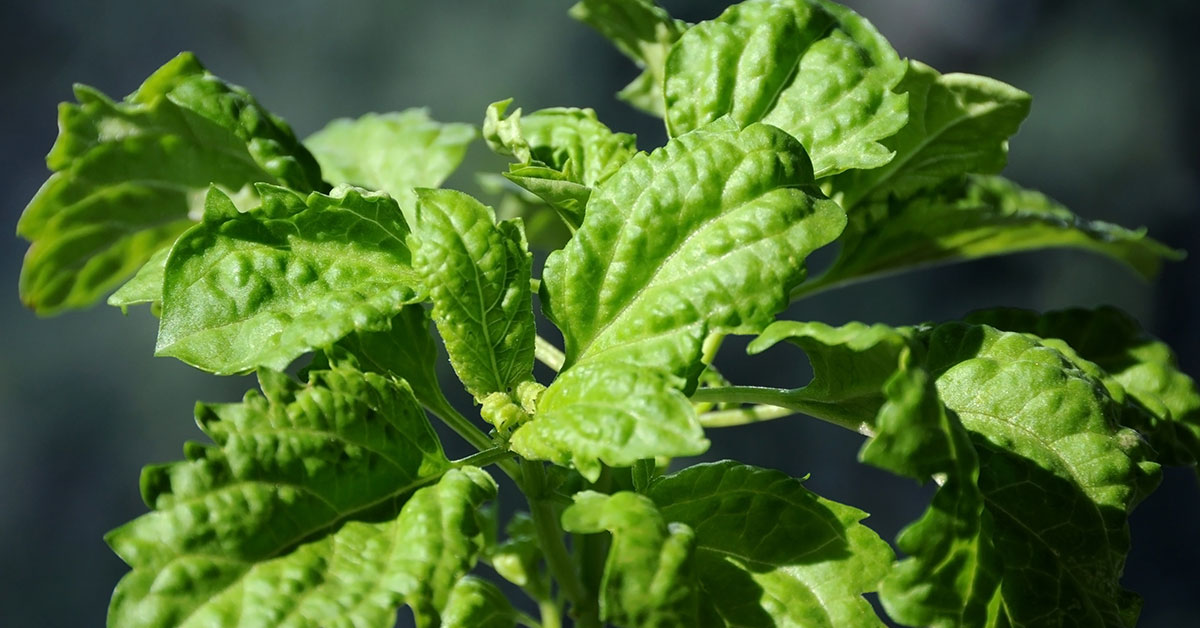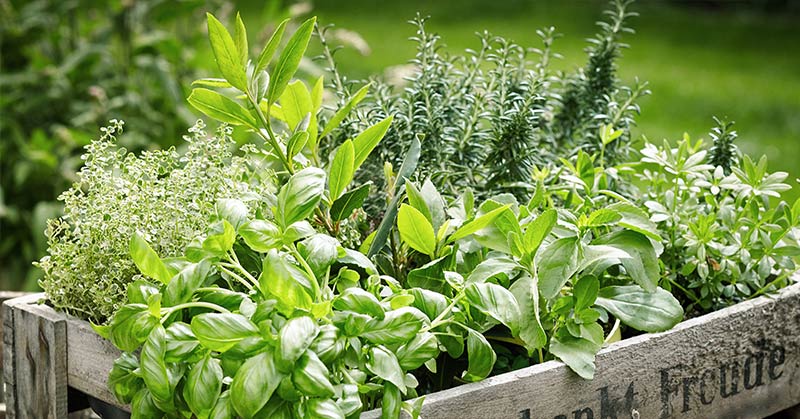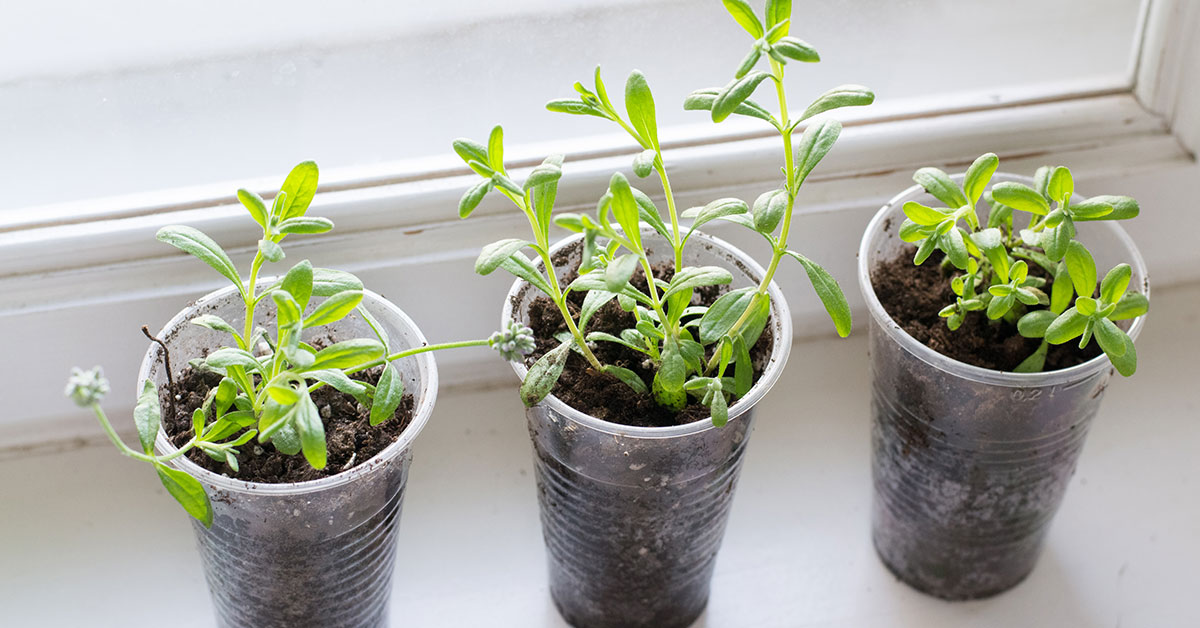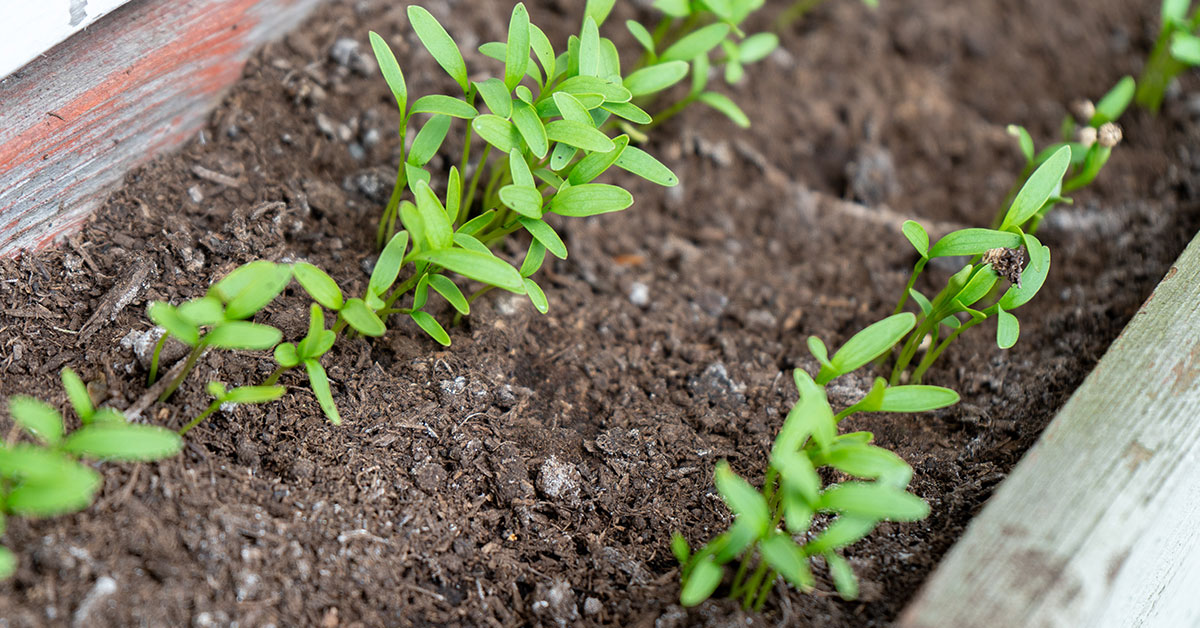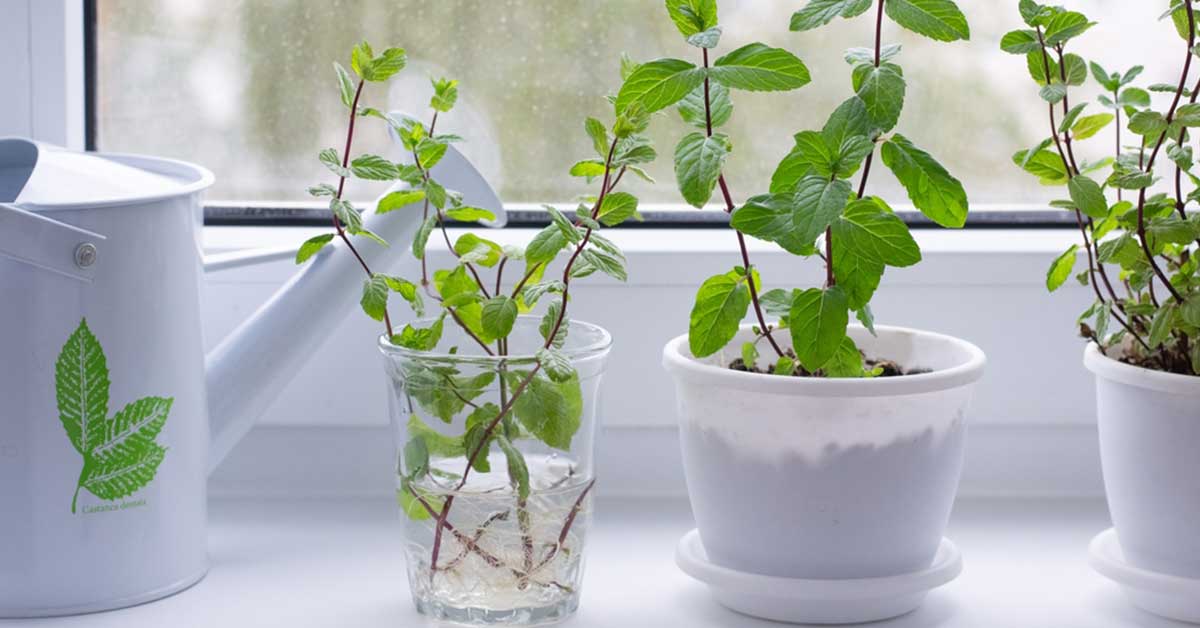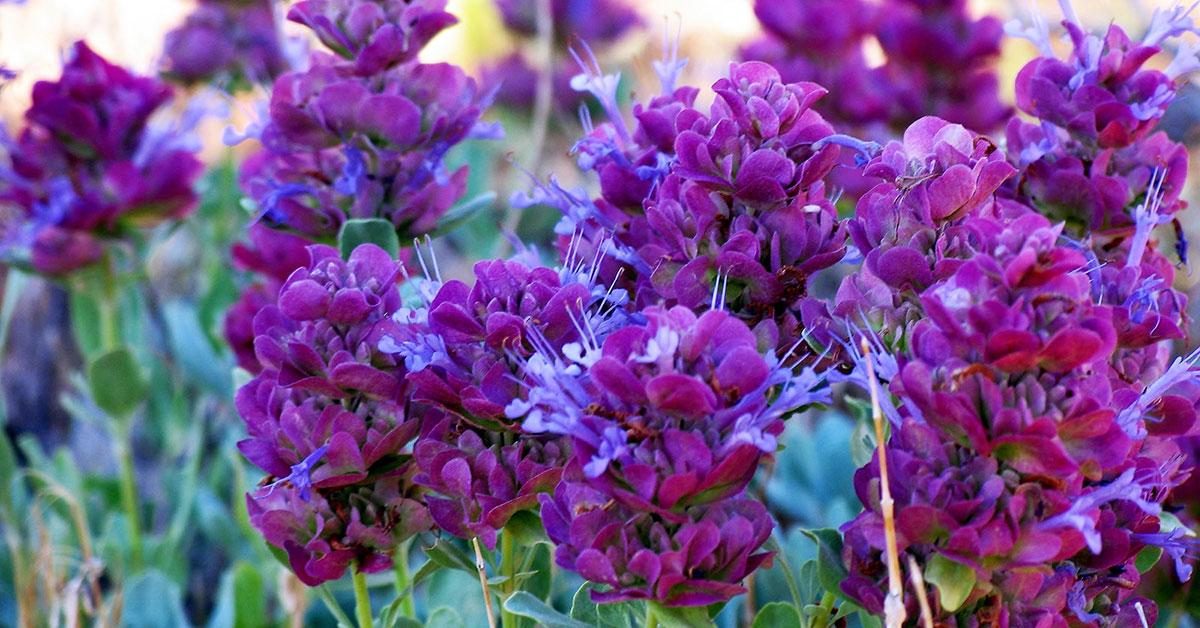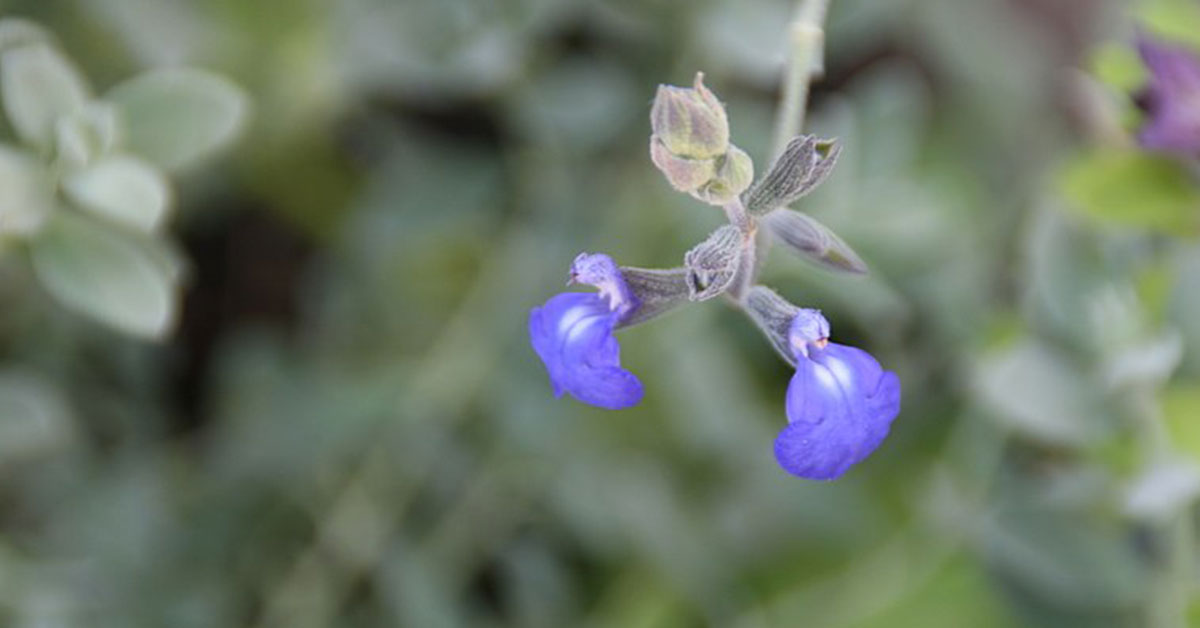Lettuce Leaf Basil is a unique and flavorful herb that has become increasingly popular in recent years. With its large, crinkled leaves and intense aroma, this variety of basil offers a delicious twist on traditional basil. Not only is it a great addition to salads, pizzas, and pasta dishes, but it also makes for a beautiful and fragrant garnish. In this blog post, we’ll explore the history, uses, and benefits of Lettuce Leaf Basil, so you can discover why this herb should be a staple in your kitchen.
What is a Lettuce Leaf Basil?
Lettuce Leaf Basil is a type of basil that has large, crinkled leaves that resemble lettuce. It is also known as “Lettuce Leaf Opal Basil” or “Lettuce Leaf Basil Red”. This basil variety is a member of the mint family, and it is a hybrid of two basil varieties, the Italian Genovese and Crispum basil.
This herb is a unique variety of basil that is primarily grown for its large, tender leaves. The leaves of this basil variety are more delicate and have a milder flavor than other types of basil. The Lettuce Leaf Basil is also a popular choice for salads and garnishes due to its attractive appearance.
This basil variety is easy to grow and can be grown from seeds or seedlings. It thrives in warm weather and needs well-drained soil and plenty of sunlight to grow. This herb can be harvested throughout the growing season by snipping off individual leaves or pruning the entire plant.
Overall, this herb is a versatile and flavorful herb that can be used in a variety of culinary applications. Its large, crinkled leaves make it an attractive addition to any garden or kitchen, and its delicate flavor adds a unique twist to any dish.
What makes Lettuce Leaf Basil different from other varieties?
Lettuce Leaf Basil is a unique and fascinating variety of basil that stands out from other types of basil. What makes it different is its large and broad leaves that resemble lettuce leaves, hence its name. Unlike other basil varieties with smaller and pointed leaves, this herb’s leaves are flat, smooth, and broad, making them perfect for wrapping and stuffing.
Another feature that sets this herb apart is its mild and sweet flavor. It has a subtle hint of anise and a refreshing taste that makes it a delightful addition to salads, sandwiches, and wraps. This variety of basil is also excellent for making pesto, as its soft leaves blend easily with other ingredients to create a creamy and delicious sauce.
Lettuce Leaf Basil is also known for its ease of cultivation, making it a popular choice among home gardeners. It is a fast-growing plant that thrives in warm weather and full sun, making it perfect for outdoor gardens or indoor pots. Its large leaves also make it easy to harvest, and you can use them fresh or dried for later use.
Overall, Lettuce Leaf Basil is a unique and versatile variety of basil that offers both culinary and aesthetic appeal. Its broad and smooth leaves, mild flavor, and ease of cultivation make it a favorite for home gardeners and chefs alike. Whether you are looking to add some flavor to your dishes or enhance the look of your garden, this herb is an excellent choice.
How to Grow Lettuce Leaf Basil
Lettuce Leaf Basil is a popular herb that is used in a variety of dishes. It is easy to grow and can be grown both indoors and outdoors. Here are some steps to help you grow this herb:
- Choose a location – Lettuce Leaf Basil prefers a sunny location with well-draining soil. If you are planting it outdoors, choose a spot that gets at least 6 hours of sunlight per day.
- Prepare the soil – The soil should be prepared by removing any weeds or debris and adding compost or organic fertilizer. Mix the soil well to ensure that it is evenly distributed.
- Plant the seeds – Plant the seeds about ¼ inch deep and 10-12 inches apart. Cover the seeds with soil and water gently. If you are planting indoors, use a seed-starting mix and keep the soil moist.
- Water regularly – Basil needs regular watering, but be sure not to overwater. Allow the soil to dry out slightly between waterings.
- Harvest the leaves – Harvest the leaves when the plant is about 6-8 inches tall. Pinch off the leaves or cut the stem just above a set of leaves. This will encourage the plant to grow bushier and produce more leaves.
By following these steps, you can successfully grow Lettuce Leaf Basil and enjoy the fresh, delicious taste of this herb in your cooking.
Other tips for growing Lettuce Leaf Basil
In addition to the basics of sunlight, water, and soil, there are a few other tips to keep in mind when growing Lettuce Leaf Basil:
- Pinch off the flowers: When this herb starts to flower, it can divert energy away from leaf growth. To keep your plant producing plenty of leaves, pinch off any flowers that start to appear.
- Don’t over-fertilize: While basil likes nutrient-rich soil, too much fertilizer can actually harm the plant. Aim to fertilize your Lettuce Leaf Basil only once or twice a month, using a balanced fertilizer with equal parts nitrogen, phosphorus, and potassium.
- Harvest regularly: Harvesting your plant regularly will encourage the plant to keep producing new leaves. When harvesting, be sure to cut just above a pair of leaves to encourage branching and bushy growth.
- Watch for pests: While this herb is generally resistant to pests, it can sometimes fall victim to aphids, spider mites, or whiteflies. If you notice any of these pests, try spraying your plant with a mixture of water and dish soap, or use an organic insecticide.
By following these tips, you can help ensure that your plant thrives and produces plenty of delicious leaves for your salads, pastas, and other dishes.
Common problems
Lettuce Leaf Basil is a popular herb used in a variety of dishes. It has a unique flavor and aroma that makes it a favorite among chefs and home cooks alike. However, growing this herb can be challenging, especially for beginners. In this blog section, we will discuss some common problems that people face when growing Lettuce Leaf Basil and how to overcome them.
- Poor Soil Quality: One of the most common problems with growing Lettuce Leaf Basil is poor soil quality. Basil prefers well-draining soil that is rich in nutrients. If your soil lacks nutrients, your plants may not grow as well or produce as much foliage. To overcome this problem, you can amend your soil with compost or other organic matter to improve its quality.
- Overwatering: Overwatering is another common problem that can affect this herb. Basil prefers moist soil, but too much water can cause root rot and other issues. It’s essential to water your plants regularly but not to the point where the soil becomes waterlogged. Ensure that the soil is well-draining and that you allow it to dry out slightly between waterings.
- Pests: Pests can be a significant problem for basil. Aphids, spider mites, and whiteflies can all attack your plants and cause damage. To prevent infestations, you can use insecticidal soap or neem oil. You can also encourage beneficial insects like ladybugs and lacewings to help control pest populations.
- Diseases: Several diseases can affect Lettuce Leaf Basil, including downy mildew and fusarium wilt. These diseases can cause yellowing, wilting, and other symptoms that can damage your plants. To prevent these diseases, ensure that your soil is well-draining, and avoid overhead watering. You can also use fungicides to control outbreaks.
In conclusion, growing Lettuce Leaf Basil can be a rewarding experience, but it comes with its challenges. By understanding some common problems and how to overcome them, you can ensure that your plants thrive and produce an abundance of delicious foliage.
Uses
Lettuce Leaf Basil is a popular herb that is commonly used in many dishes around the world. This herb has a unique flavor and aroma that can enhance the taste of any dish. Here are some of the most popular uses for it:
- Salads: This herb is a perfect addition to any salad. Its large leaves can be used as a substitute for lettuce or mixed in with other greens to create a flavorful and nutritious salad.
- Sandwiches: Adding Lettuce Leaf Basil to sandwiches is a great way to give them an extra burst of flavor. It pairs well with meats, cheeses, and veggies to create a delicious sandwich that will leave you wanting more.
- Soups:This variety of basil can be used in soups to add a fresh and aromatic flavor. It pairs especially well with tomato-based soups, such as minestrone or tomato soup.
- Pesto: Pesto is a popular Italian sauce made with basil, garlic, pine nuts, and olive oil. Lettuce Leaf Basil can be used as a substitute for regular basil to create a unique and flavorful pesto sauce.
- Garnish: It can be used as a garnish for many dishes, such as pasta, pizza, and grilled meats. Its large leaves can be torn into pieces and sprinkled over the top of the dish to add a pop of color and flavor.
Overall, Lettuce Leaf Basil is a versatile herb that can be used in many dishes to add flavor and aroma. Whether you are making a salad, sandwich, soup, pesto, or just need a garnish, this herb is a great choice.
